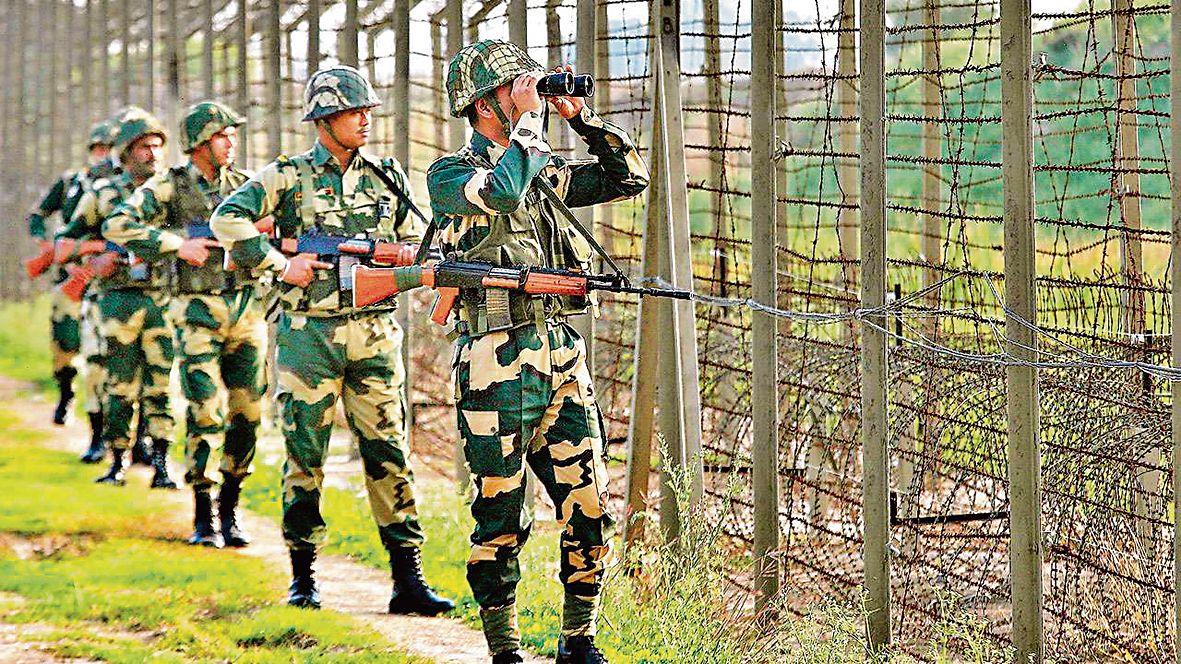
Minimizing Casualties on Indo-Bangladesh Borders

India shares over 15000 Km of borders with its seven neighbours. The circumstances leading upto independence and partition gave rise to many new borders and ever since then India has been facing serious security challenges from many of its neighbours viz China in the North, and Pakistan on the West and East till the creation of Bangladesh in 1971. The only peaceful borders are the open borders with Nepal and Bhutan. Militaristic systems for border guarding with China were strengthened after the war with China in 1962. The Kutch skirmishes in April 1965 and full-fledged Indo – Pakistan war later in August 1965 convinced the Indian establishment of necessity of deploying a force “organized and trained on the pattern of Army” to guard the borders with Pakistan.
It may thus be seen that the circumstances under which Border Security Force was raised led it to adopt militaristic approach to border guarding and creation of militaristic systems and infrastructure at borders. Training orientation of the BSF is similarly oriented towards use of force, and the personnel are trained to bring effective fire. “Ek Goli Ek Dushman” is the mantra. Secondary role of BSF to assist defence forces in war efforts is another reason for the militaristic orientation of training and weapons authorisation to it.
The principle “Ek Goli Ek Dushman” got further reinforced because of hostile environment especially on the western border with Pakistan. Firstly, the 1971 war broke out while BSF was still in its infancy. Secondly, the troops were compelled to use lethal force against drug smugglers and terrorists from 1970 onwards.
Trans-border firing in Jammu Sector and trans LC fire by Pakistan Army and rangers, to facilitate crossing over of the terrorists sponsored by them led to rapid escalation with both sides resorting to use of even high trajectory weapons. Realising the disruption and damage caused by such firing to the daily life and agricultural activities by the border residents, both sides agreed to an informal cease fire in 2003. The tenuous cease fire held for a decade with the situation taking a turn for the worst in the middle of last decade. Situation along LC and Jammu is now peaceful after the present governments once again agreed to an informal cease fire a couple of years ago.
Comparative analysis of firing incidents along western and eastern borders reveals that the number of such incidents – other than the incidents of trans-border/LC firing – are much more on the Eastern Borders. This is due to drastically different nature of trans border crimes on these borders. While the frequency of drug smuggling or attempts to assist terrorists crossing over to India on the Western borders are sporadic, the crimes on the Eastern border viz. cattle smuggling, other petty smuggling and crossing over of illegal entrants are everyday affairs.
Many a times when troops have to resort to firing on the eastern borders, the fatalities are large. Most firing incidents and therefore casualties occur at night when the criminals of both countries in close coordination take advantage of darkness and thin deployment attempt to smuggle cattle across the border. A small detachment of four or five BSF personnel deployed to dominate the area are faced with thousands of cattle being pushed across the border by hundreds of cattle smugglers armed with sharp edged weapons like “Bhala” “Gandasa” etc. Heavily outnumbered BSF patrols are thus compelled to resort to firing in private defence resulting in casualties to the criminals of both India and Bangladesh. It is therefore no surprise that the India-Bangladesh border is listed as the fifth most dangerous border in the world. (https://timespanda.com/the-most-dangerous-borders-in-the-world/)
Many of the casualties being Bangladeshi nationals, the BSF has been given a moniker of “trigger happy force” in the press in Bangladeshi. Each death or injury to a Bangladeshi causes a virtual storm in the corridors of power in Bangladesh and has adverse impact on the cordial relations between the two countries as also the counterpart border guarding forces. The BSF also comes under adverse glare of the Human Rights activists in India with every incident of firing by BSF being termed as excessive use of force and violation of human rights of innocents.
Bangladesh is a friendly neighbour and the situation along the borders cannot be allowed to remain perpetually volatile. It is therefore extremely important to bring down the levels of violence along the borders. Several initiatives have been recently taken by both the border guarding forces to minimize casualties besides several unilateral actions by BSF.
At the bilateral level the Director General of BSF, India and Director General of Border Guards Bangladesh (BGB) have signed an agreement in July 2011 called the “Coordinated Border Management Plan” (CBMP) for proper management of International Border. Various activities under CBMP include “Simultaneous Coordinated Patrols” (SCPs), sharing of intelligence, identification of vulnerable areas and increased frequency of meetings to coordinate activities at all levels. These actions enhance coordination between the forces at operational level and help understanding of the capabilities and constraints of both forces. Sharing of intelligence and periodic review of sensitive areas help the forces take preventive measures before a crime can take place, besides review of deployment pattern of patrols and ambushes to intercept the criminals while in the process of committing the crime. These measures have reduced incidences of firing and thus casualties on borders.
BSF on its own has also taken some important measures to address the issue by implementing “Non-Lethal or rather less-lethal Strategy” since the early last decade. The strategy involves use of less lethal weapons by troops while confronting the criminals and cattle smugglers.
The first step towards implementing this strategy was to introduce “Pump Action Guns” (PAGs) and encourage troops to use these guns instead of standard infantry weapons. These guns have proved quite effective in reducing casualties. The troops are briefed to fire them from a distance and aim at the lower body of the criminals. This reduces fatal injury to criminals but at the same time the splinters hitting their lower limbs make them immobile for few days. Such injuries also force the criminals to seek medical attention which if properly pursued by the intelligence branch of BSF can even lead to identifying these criminals. Besides the PAGs, the troops at borders have been issued with “Stun Grenades”, and “Chilli Grenades” which immobilize the criminals and help troops to apprehend them.
However even the use of PAGs have caused fatal injuries on some occasions. This at times is inevitable because of darkness and very aggressive actions by criminals. The authorities will do well to take the operational contingencies in view while reviewing these incidents before initiating any action against patrols to prevent loss of morale amongst troops.
While encouraging use of less lethal weapons is a welcome step, imposing a blanket ban on use of lethal force is utopian. It is in this context that an order directing the patrols not to confront the cattle smugglers was impractical and fraught with dangerous implications. First and foremost, such orders have the potential to give rise to some corrupt practices.
Furthermore, it has to be realized that the patrol consisting of three or four Jawans are confronted with life threatening situation when facing hordes of cattle smugglers pushing cattle to Bangladesh. These criminals armed with sharp edged weapons as stated above do not hesitate to attack the patrol. There have been several grave injuries and deaths of BSF personnel in these attacks. The BSF personnel in their right to private defence are sometimes compelled to resort to fire by lethal weapons.
Therefore, the messaging has to be right. The troops instead of being told not to resort to firing totally should be told that they have the option of opening fire in private defence after real time assessment of situation by commander on the spot. This besides infusing confidence amongst troops will act as a deterrent to cattle smugglers who mock the troops after orders referred above were issued.
Additionally, orders to troops to avoid cattle smugglers militate against the mandated tasks of BSF of preventing trans-border crimes and smuggling. This also goes against the grain of the most important role of BSF which is to inculcate a sense of security amongst border population.
The gradual transformation to less lethal strategy must be accompanied with corresponding changes in the training philosophy. The training inputs must include comprehension of the practical aspects of ‘Use of Minimum Force’ and ‘Right to Private Defence’ which are presently confined to cursory theoretical references. The troops have to reorient themselves from mentality of “Ek Goli Ek Dushman” to use of minimum force especially when they are periodically rotated from the western frontiers to eastern frontiers.
It is beyond doubt that ensuring peace and tranquility along borders and maintaining good relations with a friendly Bangladesh are extremely important. This can be ensured by reducing casualties on the borders. To prevent firing and thereby avoiding casualties is therefore completely impractical. The strategy to achieve this aim must be balanced so that own troops do not suffer casualties and at the same time violence along borders is minimized.
***************
Disclaimer
The opinions expressed in this article are the author’s own and do not reflect the views of Chanakya Forum. All information provided in this article including timeliness, completeness, accuracy, suitability or validity of information referenced therein, is the sole responsibility of the author. www.chanakyaforum.com does not assume any responsibility for the same.
Chanakya Forum is now on . Click here to join our channel (@ChanakyaForum) and stay updated with the latest headlines and articles.
Important
We work round the clock to bring you the finest articles and updates from around the world. There is a team that works tirelessly to ensure that you have a seamless reading experience. But all this costs money. Please support us so that we keep doing what we do best. Happy Reading
Support Us





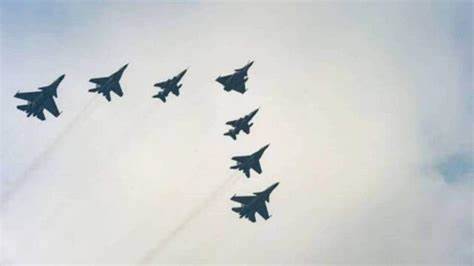

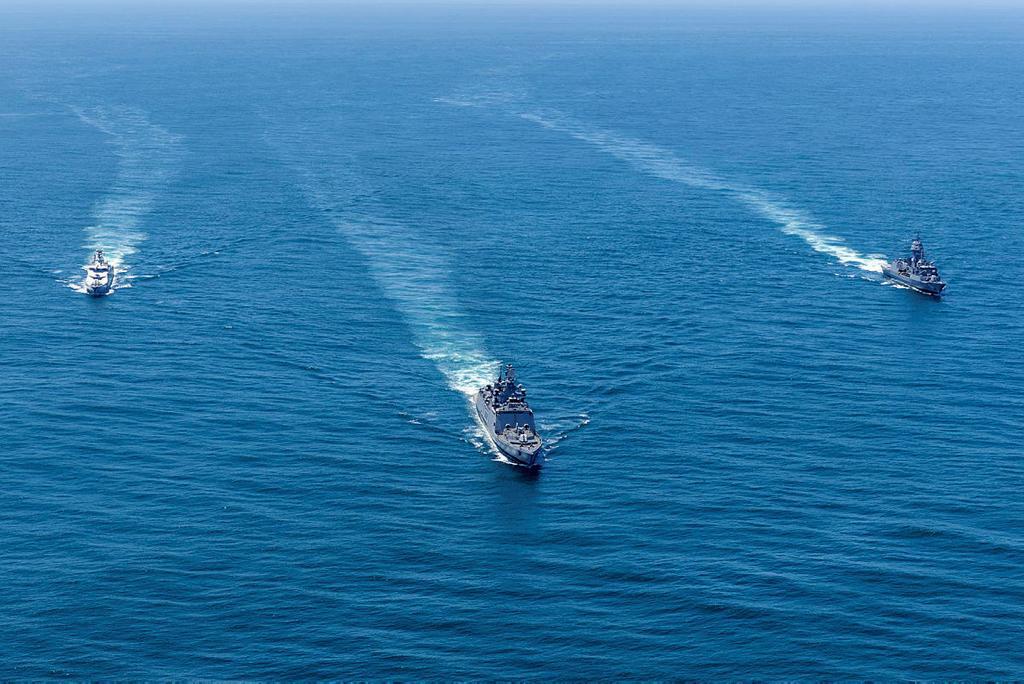



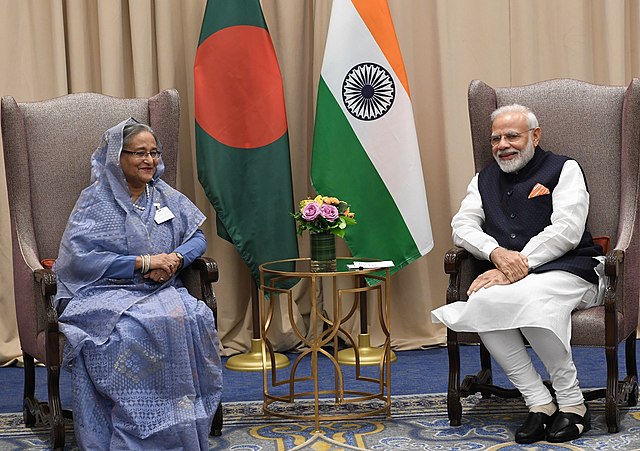
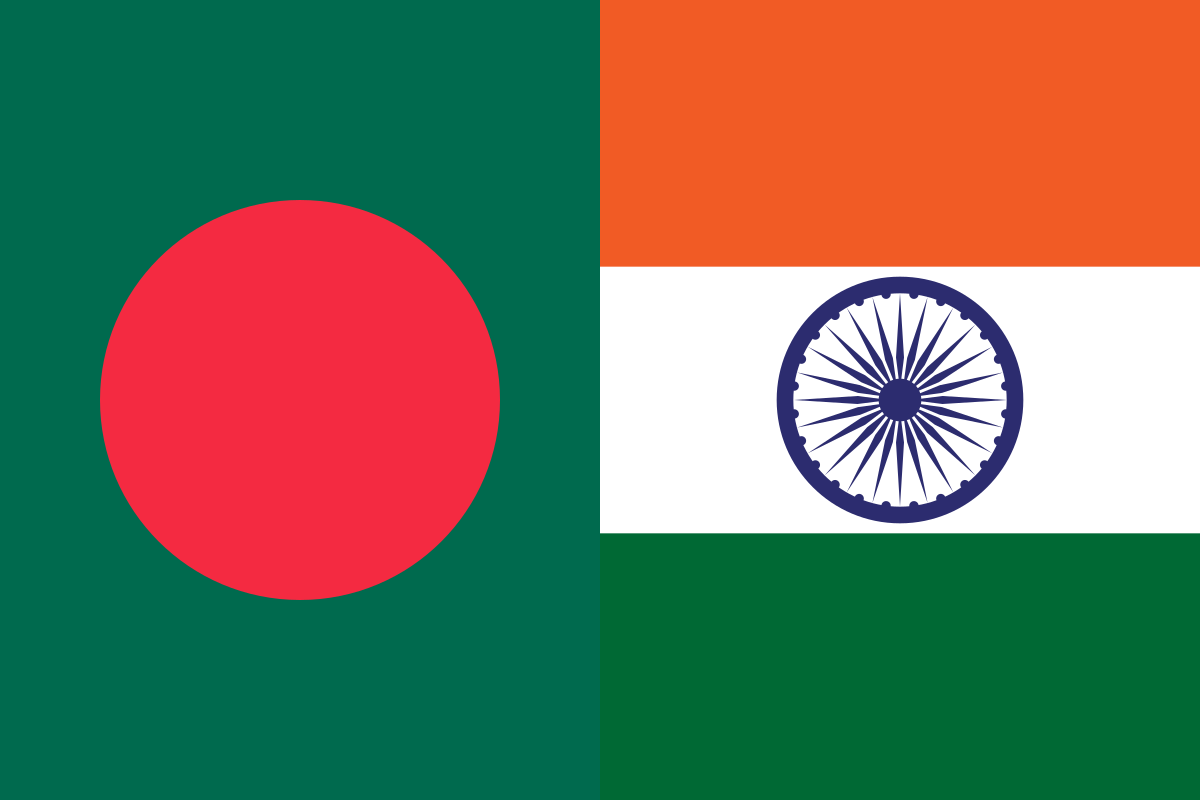








POST COMMENTS (1)
oorja gund